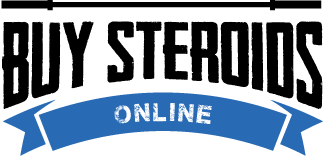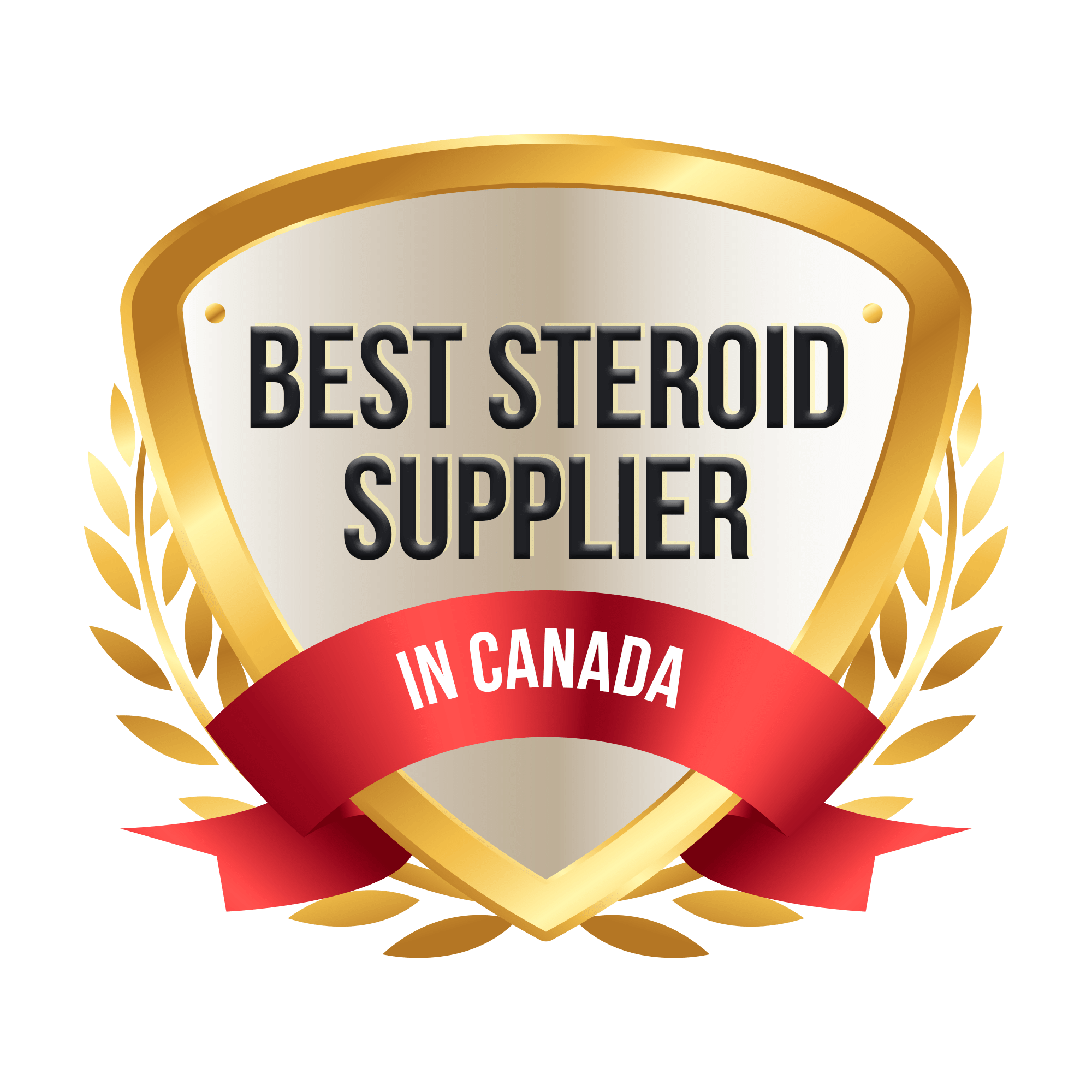It’s common knowledge that testosterone is a crucial factor in bodybuilding and muscle development, often prompting the use of steroids. However, the real secret lies in combining exercise with proper hormone levels.
In this article, we’ll uncover the impact of exercise on testosterone levels and how it can help you achieve your fitness goals. Whether you’re aiming to enhance testosterone naturally, optimize levels as you age, or gain insights into the science behind it all, we’ve got you covered.
So, let’s dive right in and explore how exercise influences testosterone production and its incredible benefits.
Strength Training Effect on Testosterone Level
Strength training, in particular, may temporarily boost testosterone levels in men who engage in it on a regular basis.
Evening strength training sessions tend to produce a more dramatic and sustained boost in testosterone in males than morning exercises, with the effect often lasting anywhere from 15 minutes to an hour. The first increase in testosterone is greater for beginners, but hormone levels normalize with time.
It’s unclear how this boost in testosterone levels would affect your mood if you already have low levels, but it probably won’t make a huge difference if you don’t. However, if your levels are just below average, sticking to an exercise plan may help bring them up to par.
Besides influencing hormone levels, exercise has many additional advantages. The risk of cardiovascular disease, diabetes, and other chronic illnesses may be decreased, and cardiovascular health can be improved, among other benefits.
Physical activity has been shown to have favorable psychological effects, including increased self-efficacy, confidence, and resilience. Exercising has been shown to boost immunity, lower stress hormone and muscular tension levels, and alleviate anxiety.
Here’s how to increase your Testosterone levels using steroids: HOW TO TAKE ORAL AND INJECTABLE TESTOSTERONE SAFELY
Exercise and Testosterone
The effect of exercise on testosterone levels depends on a person’s actual sex. Men make most of their testosterone in their testicles, while women make less of it in their eggs.
Changes that happen during puberty are caused by testosterone. Keeping your levels at a healthy level is important for your health as a whole and for lowering your chance of diseases like obesity and diabetes.
There is evidence that:
- Weightlifting makes men’s testosterone levels go up, but it has little effect on women.
- Resistance training can briefly make women’s testosterone levels go up and change where fat is stored in their bodies.
- Regular exercise helps older men’s brains work better and raises their amounts of testosterone and growth hormone.
- Dihydrotestosterone (DHT) levels go up in guys who haven’t been busy.
- Men who work out regularly have bigger testosterone levels than those who don’t.
- Men who are overweight need to exercise more than they need to lose weight to get more testosterone.
- Optimal testosterone levels help muscle growth. Different people can have different reactions to exercise and testosterone. For specific advice, talk to a health care expert.
Best Testosterone-boosting Strength Training Workouts
The most effective strength training workouts for boosting testosterone levels focus on multi-joint exercises that engage the body’s largest muscle groups. These exercises include:
Squats
Squats are a type of complex exercise that work the quadriceps, hamstrings, and hips in the lower body. When you do squats as part of your workout routine, you work out a lot of muscle mass, which can help your testosterone levels rise.
Deadlifts
Deadlifts are a strong workout that mostly work the back muscles, including the hips, legs, and lower back. This complex exercise not only helps you build strength and muscle growth, but it also helps your body make more testosterone because it uses several big muscle groups at once.
Bench Press
The bench press is a standard upper-body workout that focuses on the chest, shoulders, and arms. It is a good combination move that works all of the major upper-body muscles and makes testosterone come out.
Rows
Rows are workouts that work the latissimus dorsi and rhomboids muscles in the upper back. By rowing, you use the muscles that are responsible for pulling, which increases the production of testosterone.
Pull-ups/Chin-ups
Pull-ups and chin-ups are bodyweight workouts that focus on the back, arms, and shoulders. Because they involve more than one muscle group, these complex moves are good for increasing testosterone levels.
Overhead Press
When you do an overhead press, you work your shoulders, biceps, and upper back. By pushing weights high, you use the muscles in your upper body, which can help your body make more testosterone.
Push-ups
Push-ups are a flexible workout that work the chest, shoulders, forearms, and core muscles. Even though this is mostly a basic exercise, you can add weighted push-ups to make it harder and make your body create more testosterone.
By adding these complex workouts to your strength training routine, you can work a lot of muscle mass and possibly increase testosterone production. This can help you build more muscle, get stronger, and be in better shape overall.
Get the most out of your workouts
In order to get the most out of your workouts and the resulting boost in testosterone levels:
- Perform complex motions as part of your regular workout. Multiple-muscle-group exercises, including as squats, rows, and chest presses, are more effective at stimulating testosterone release than isolated actions.
- Put your energy into challenging lifts with big weights. Choose a weight that allows you to complete 12 repetitions in a set before muscular fatigue sets in. The stimulation of testosterone production is maximized if you can lift larger weights for fewer repetitions (six to eight each set).
- Make sure to prevent overtraining by giving yourself enough time to recover between sessions. It’s crucial to let your muscles rest and repair between workouts. In order to maximize testosterone production, you should wait at least 48 hours between training the same muscle groups again.
- In addition to your regular workouts, be sure to eat a healthy, well-rounded diet. Select lean protein items like chicken and fish, along with whole grains, fresh produce, and healthy fats like olive oil, avocados, and almonds. These food options provide the energy you need to go through your exercises and benefit your health as a whole. Maintaining a healthy weight, which may have a beneficial effect on testosterone levels, may be aided by avoiding added sweets, processed carbs, and saturated fats.
If you stick to these rules, you should be able to design an exercise regimen that increases testosterone production while providing all the other advantages of exercise. Although everyone benefits from exercise, everyone’s body reacts differently, so it’s best to go to a doctor or fitness expert for specific recommendations.
THE BOTTOM LINE
In conclusion, exercise, particularly strength training and weightlifting, has a significant impact on testosterone levels, which is crucial for muscle growth and development.
While natural testosterone levels may be sufficient for some, others may consider additional methods, such as Anabolic Steroids, under professional guidance. Shop steroids from legit sources, so that you don’t have to be worried about quality. It is important to maintain a balanced approach by combining regular workouts with a nutritious diet.
Prioritize compound exercises like squats, deadlifts, bench presses, rows, and pull-ups to optimize testosterone levels naturally. Remember to consult with a healthcare professional for personalized advice. Achieve your fitness goals safely and effectively through exercise and a healthy lifestyle.



